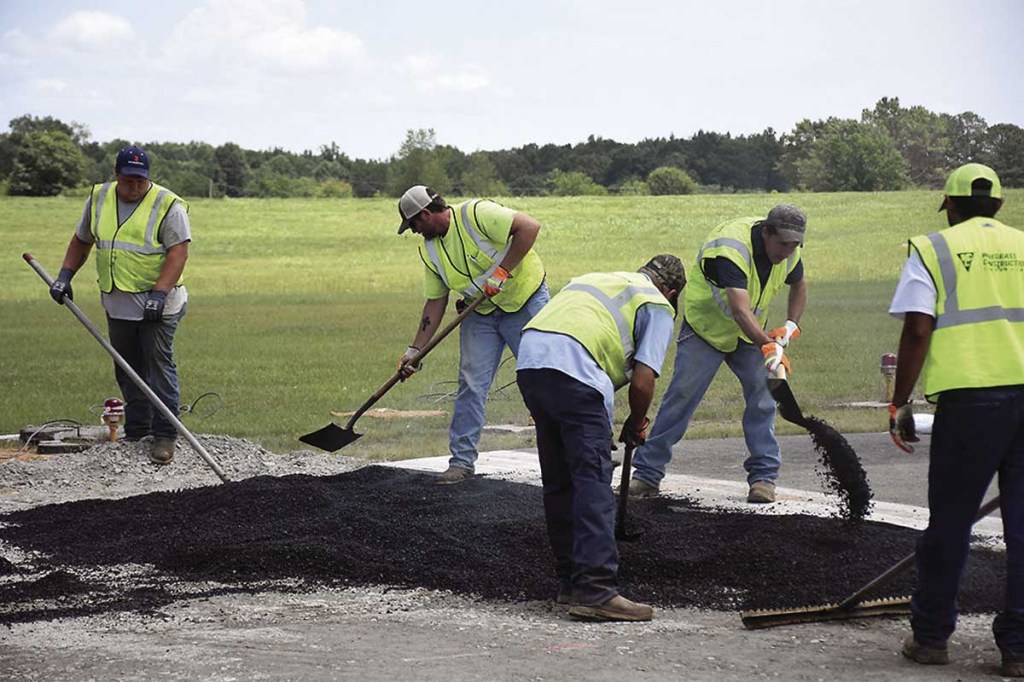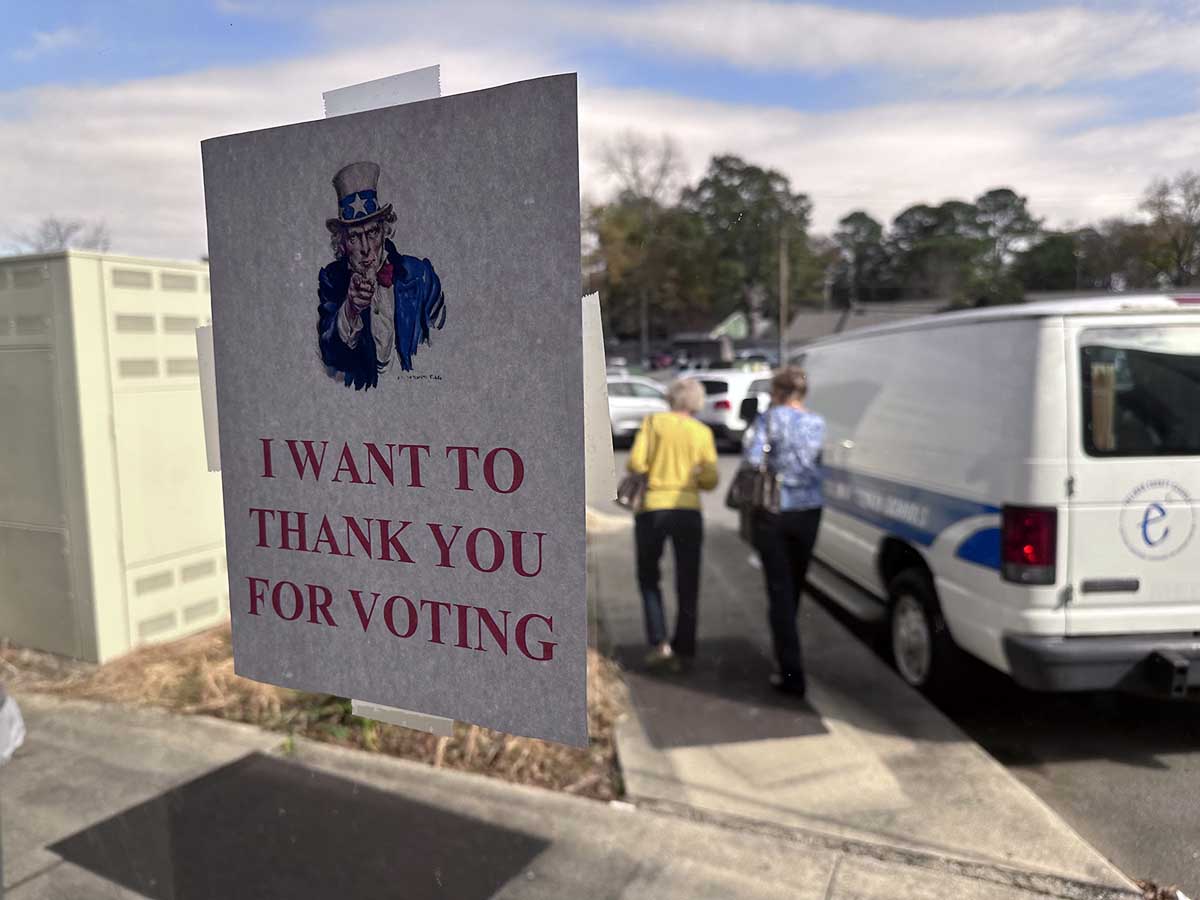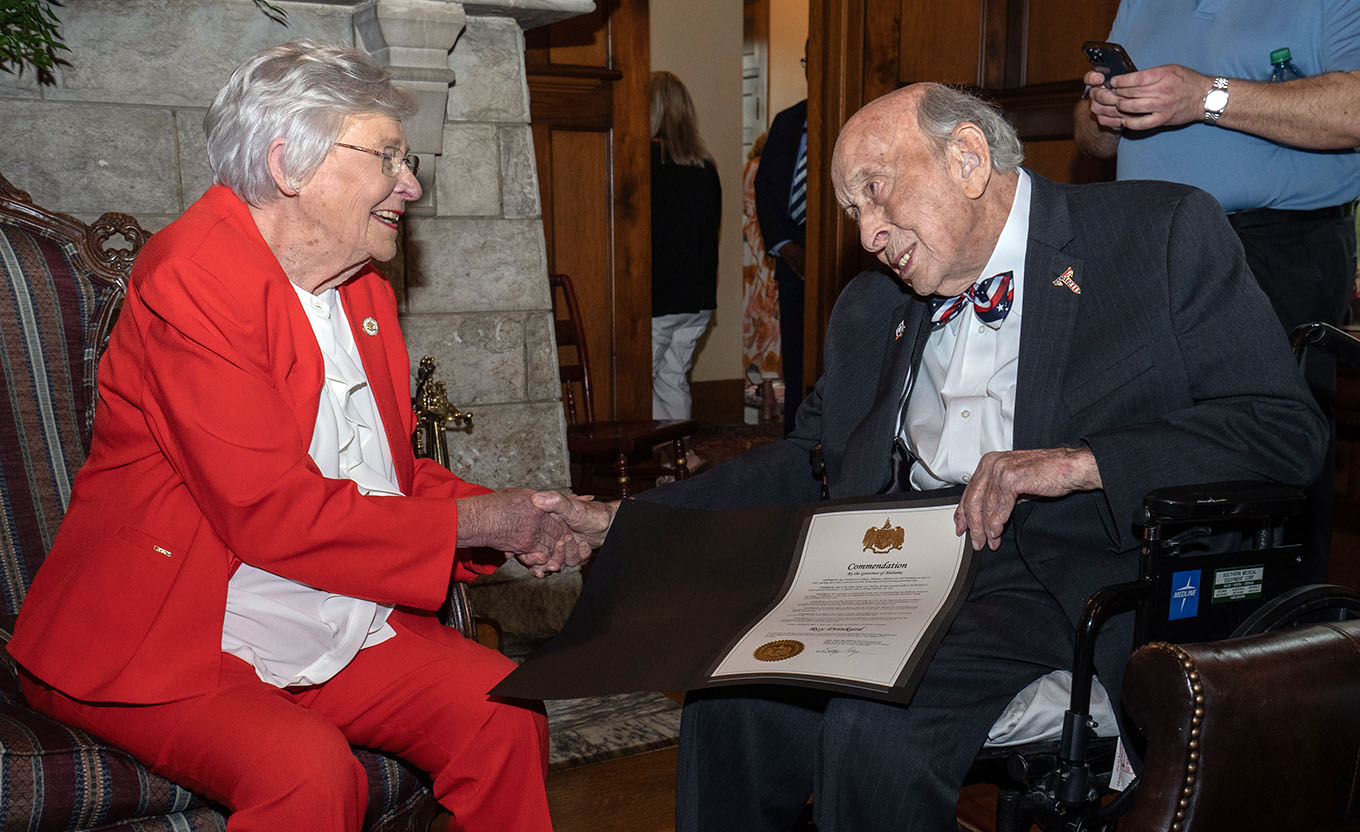Airport work a path to future
Published 5:30 am Thursday, June 27, 2019

- Workers make progress on improvements to the Cullman Regional Airport's north taxiway.
Cullman Regional Airport is quieter than usual at the moment, as the runway is closed until the end of the week for work on its north taxiway.
Trending
But things should start picking up as work continues on upgrades that will allow the airport to accommodate a higher volume of planes.
The widening of the airport’s south taxiway is already complete, and the upgrades from that and the current north taxiway project will provide more room for planes to maneuver and will let the taxiways support a higher weight, Airport Director Ben Harrison said.
“The taxiways have always been our Achilles’ heel,” he said. “They would not support the weight we needed from the runway to the apron. So as we’re rebuilding the taxiway, strengthwise it will hold now and we can maneuver the larger aircraft across the taxiway onto the apron for parking.”
Trending
Harrison said the project also means that the taxiways will have new names to make them easier to identify for pilots who are coming into the airport.
Instead of being called the north and south taxiways, they will now be named Alpha and Bravo, which will enable simpler instructions when one of the two taxiways is closed and a notice has to be sent out to pilots, he said.
With the new names, pilots should know exactly where to go when looking at a map of the airport after receiving a similar notice in the future, which will make everything safer and more efficient and improve the traffic flow at the airport, Harrison said.
“What we’re doing is giving aircraft the option to maneuver easier and park easier, and that allows us to get fuel in the aircraft and get them moved easier so they can get in and out.” he said.
Harrison said Cullman Regional Airport was recently awarded a $1.5 million grant to fund the rest of the north taxiway’s upgrades, and the full taxiway project will hopefully be completed by the end of 2019.
While that project may be coming to an end, there are always more on the horizon for the airport, as plans are in works for a complete runway rehabilitation to begin soon after the taxiways are complete, and the airport keeps a running five-year plan on file with the Federal Aviation Administration to make sure everyone involved in the airport can continue to plan for future growth, he said.
“You never want to stop growing or developing the airport, so there will always be something to do,” he said. “When you stop growing and developing it, that’s when it starts to decline.”
The majority of the funding for the airport’s projects comes from the FAA and some comes from the Alabama Department of Transportation, but the airport is jointly owned by the City of Cullman and Cullman County, so they both provide funding for the airport as well to make sure it is able to support the community, Harrison said.
Many people see the airport as just an expense, but Cullman Regional Airport plays a large role in local industries and businesses, whether it’s someone coming to the area to visit one of the current industries or maybe someone who is looking into moving a new industry into the area, he said.
“At some point in time, every industry in this community uses this airport,” he said. “When you look at one or two or 10 executives coming to visit a plant, some people see that as only moving around a few people on a jet, but those people are making decisions that affect 500-1,000 jobs in the community.”
Harrison said the airport also serves as a home for medical services like AirEvac and recreation like Skydive Alabama, as well as educational opportunities through Wallace State Community College’s flight school, and its the support of the city and county, the community, the airport board and the airport’s seven staff members that allows for that to continue.
“It’s a whole pool of people that come together, and everybody does their role to keep the airport moving forward,” he said.
Tyler Hanes can be reached at 256-734-2131 ext. 138.





